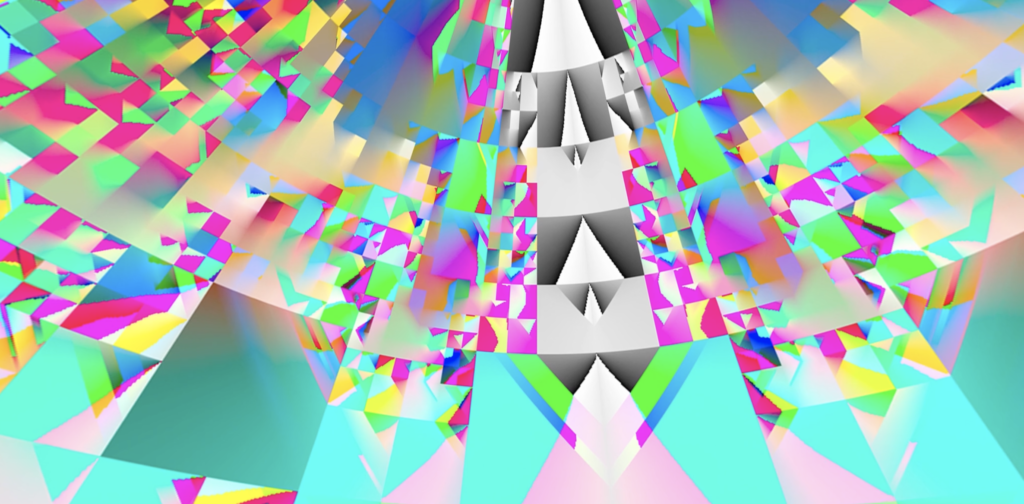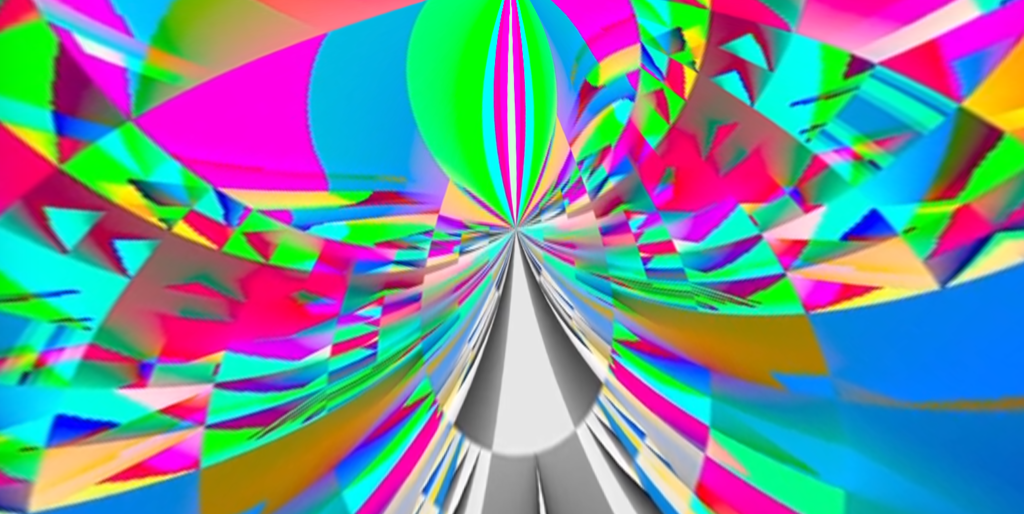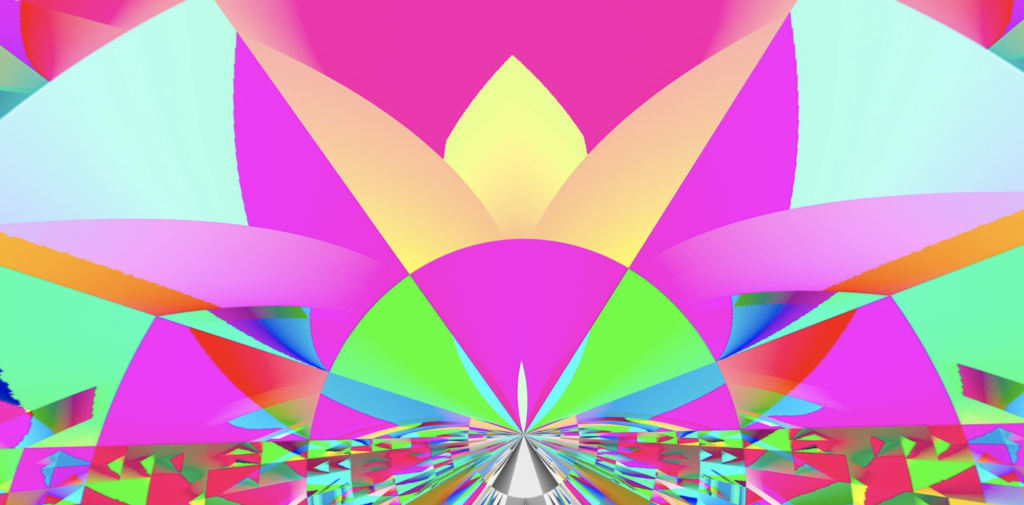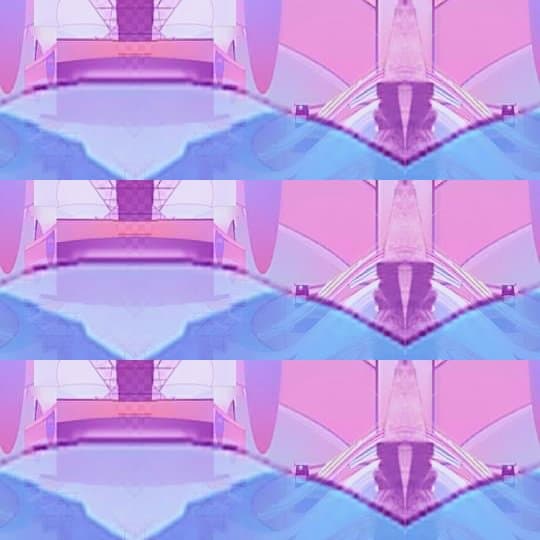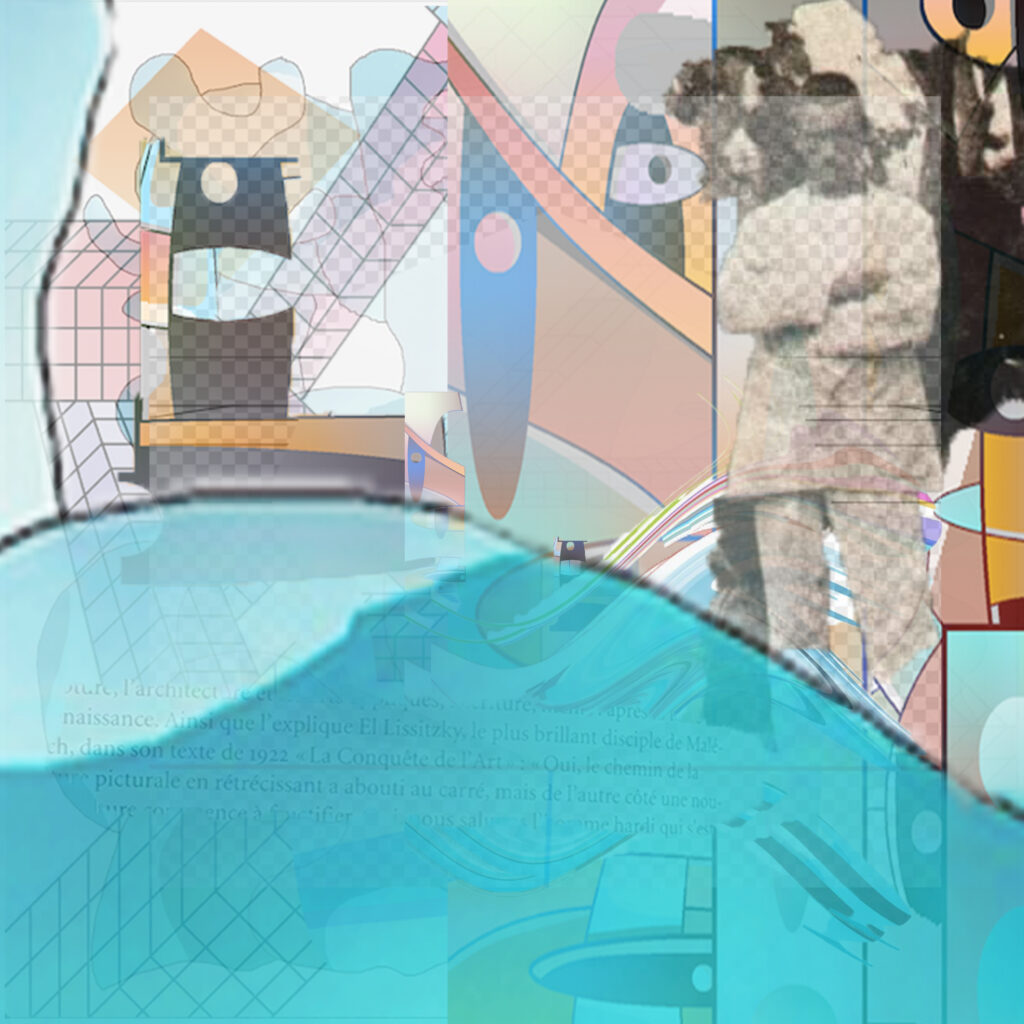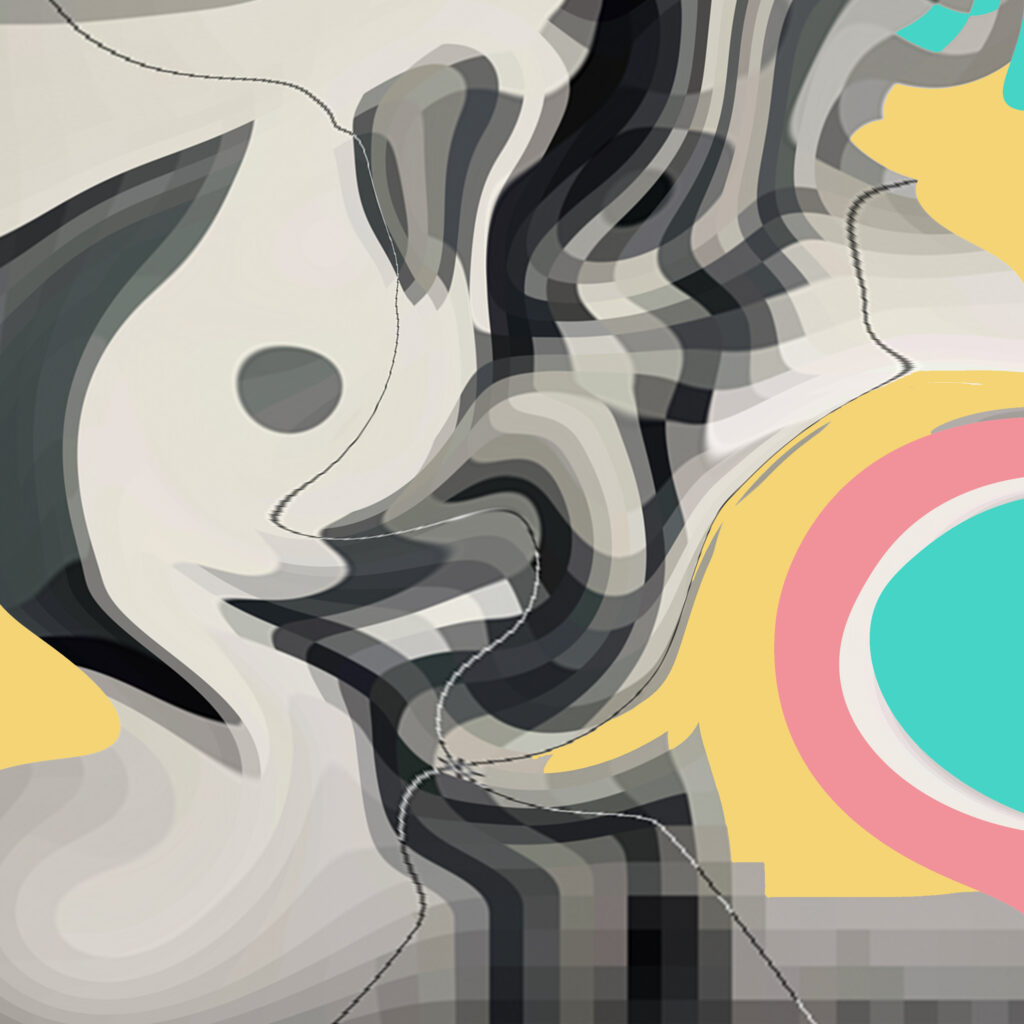Ivana Tkalčić
Twilight zone, snapchat, camera, text to speech
Today in the ever-changing world of quick-shifting realities, the comprehension of what we think we know about the world is changing rapidly. In the past ten years, the development of technology speeds up exponentially. Did this change been for easier and better for a living? Or is technology changing and reshaping our consciousness and ways of thinking which cannot yet be imagined? Our perception and the experience of the world undoubtedly changed. We are transiting into a post-information and post-human age that is radical transformation our way and nature of living, being and understanding the world that surrounds us. Furthermore, on a personal scale, the boundary between online and offline life has disappeared. The most intimate part of our lives has become a slice of the virtual world that draws the strength from the media. How has everyday online-offline interaction changed the experience of the world around us and influenced our daily visual perception?
HD video / 03:11 min
Julio Guzmán
The Positive Value of Powerlessness
‘The Positive Value of Powerlessness’ is a durational project, in which the artist commits himself to meet the internet for the next thirty years. The project aims to study internet infrastructure and its geopolitics in different parts of the world. The project mimics the very procedure of automation and storage by uncovering the infrastructure of the network, internet infrastructure that we take for granted until it breaks. Guzmán deals with nostalgia, activism, cultural resistance, and the complexities of leading a life in an increasingly digitised and blurrier world. His actions are linked to the most primitive, physical, emotional and financial needs of survival and self-preservation.
HD video / 05:19 min
Mez Breeze
Geospatial and Mixed-Locative Colonisation Document
online publication
Noviki
NODE
If we compare the architecture of a city to the peer-to-peer, a popular network of information exchange, or GANs (Generative Adversarial Networks) we can recognize the city’s largest squares as its primary junctions (Nodes). We are looking towards the future revolution of communication, where the next steps are possible to bring in new models of a constellation. City nodes as models may well take on a more virtual, imagined presence, influencing the future shape of the urban landscape and the role of digital architecture itself.
Yvonne Libenson
e-Trash
